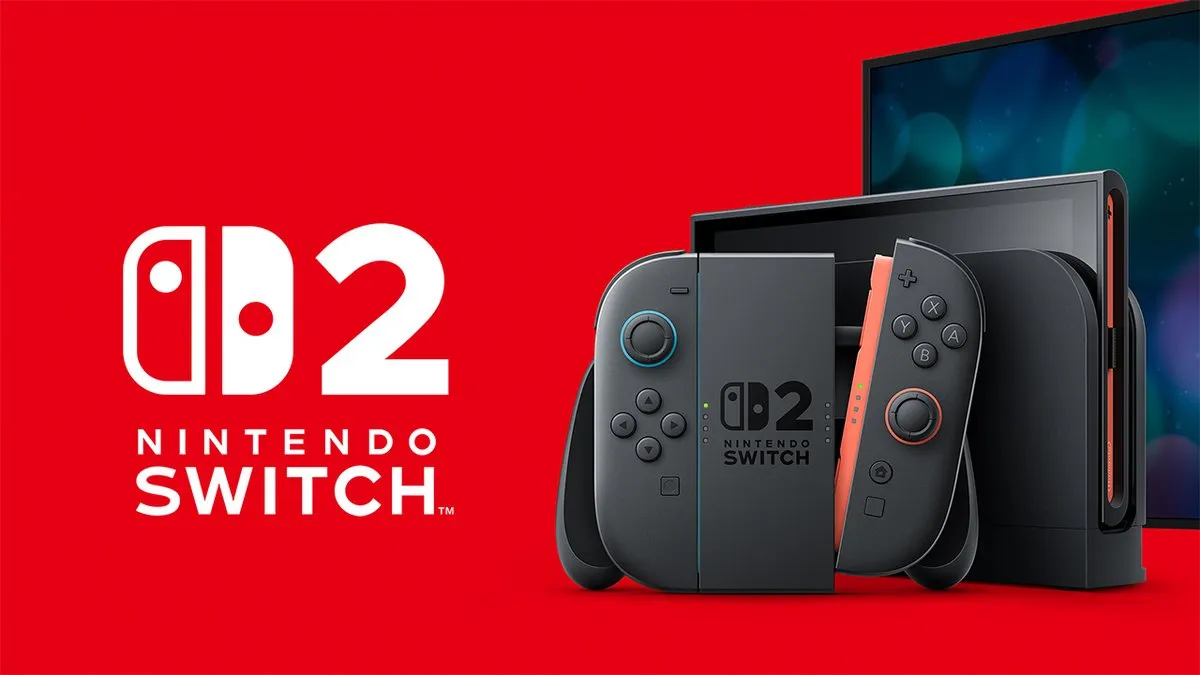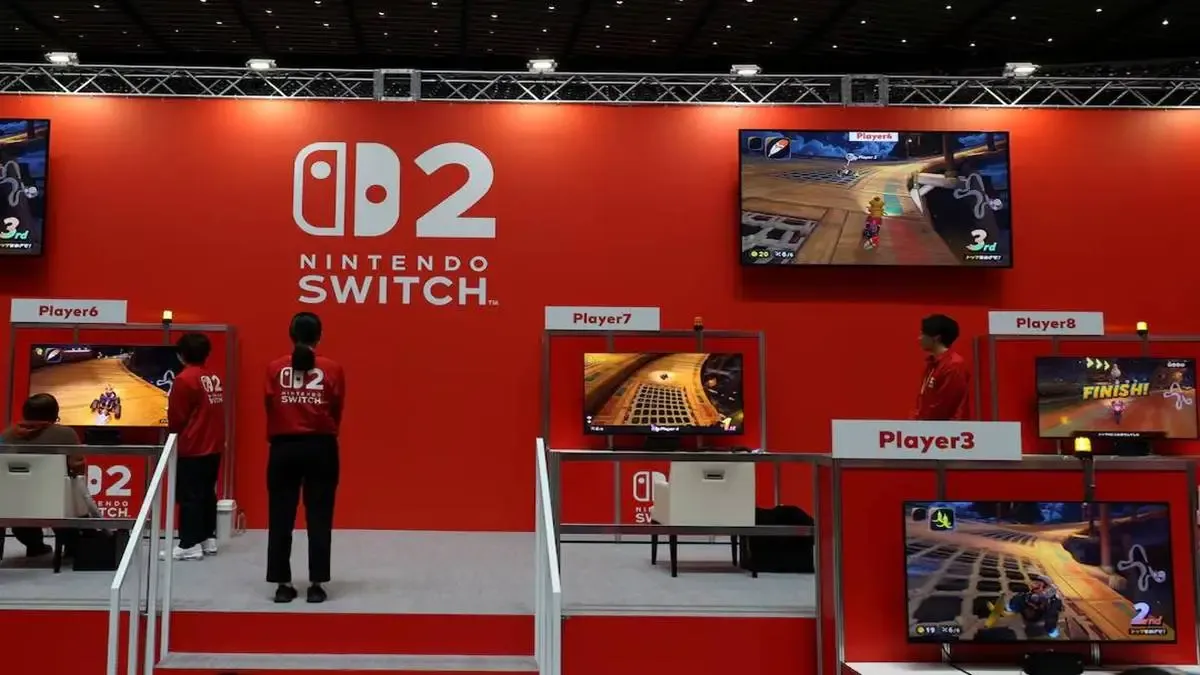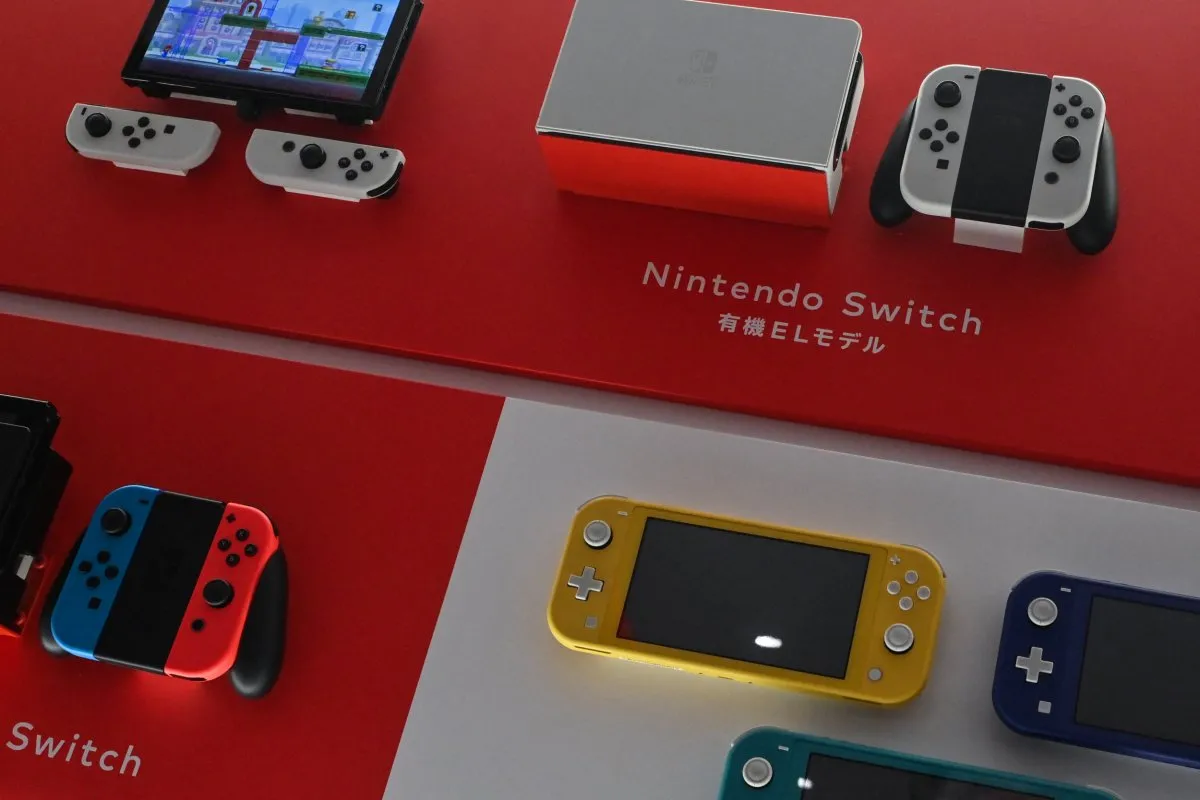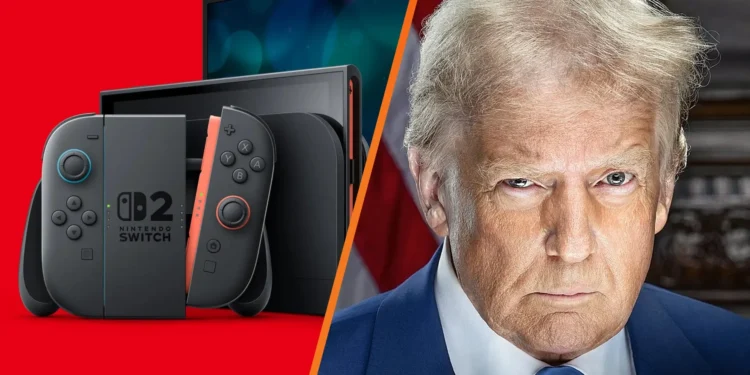After nearly a decade in development, the Japanese gaming giant was finally ready to unveil the Nintendo Switch 2 — the much-hyped successor to its wildly popular 2017 console. With an official release date and a $450 price tag, the announcement was met with cheers at a glitzy New York City event. Classic franchises like Mario Kart, Donkey Kong, and Kirby were on display, and Nintendo of America president Doug Bowser basked in the crowd’s excitement.

But just hours later, the celebration came to a screeching halt.
President Donald Trump, in a surprise move, announced sweeping new tariffs on imports from Vietnam — the very country where Nintendo had shifted its production to avoid similar tariffs from China. The news hit like a blue shell in the final lap of a Mario Kart race. Suddenly, Nintendo’s strategic pivot seemed to be backfiring.
Price Hikes and Preorder Panic
Two days after Trump’s announcement, Nintendo hit pause on pre-orders and hinted that the $450 price tag might be going up — though how much was anyone’s guess. Then came another curveball: Trump delayed the tariffs for 90 days, leaving Nintendo scrambling to figure out next steps.
The temporary reprieve could allow the company to ramp up production and build inventory, but fans were already rattled.
“There’s an extreme amount of irony,” said Jake Steinberg, a gamer and writer from Philadelphia who had traveled to demo the console. “Because people always said this refrain, ‘Keep politics out of games.’ Well, here they are.”
Online, the reaction was swift. On Reddit and X (formerly Twitter), gamers pointed fingers not at Nintendo, but at Trump, whose sudden trade war escalations were now directly hitting their wallets.
Tariffs Strike Back: Why Nintendo’s Vietnam Move Fell Short
Nintendo isn’t alone in its dilemma. Like many tech giants, it had moved manufacturing from China to Vietnam in 2019 during Trump’s first term, trying to dodge previous tariffs. But now, the former President’s latest plans call for tariffs as high as 46% on goods from Vietnam, alongside similar penalties on Japan, Malaysia, and Cambodia.
As if that wasn’t enough, China-made goods face a staggering 145% tariff under the updated plan. By contrast, Vietnam imports are hit with a (still painful) 10% levy — but with that number potentially rising, companies like Nintendo are in limbo.
“This will hit all the large consumer electronics companies,” warned David Gibson, an analyst at MST Financial. “Samsung, LG, Apple, the big TV manufacturers, the game consoles — it’s everything.”

Nintendo’s 90-Day Countdown: A Race Against the Trade Clock
With a short window before tariffs kick in — if they do — Nintendo has roughly three months to stockpile consoles in the U.S. market. That gives the company a bit of breathing room.
“By the end of February, Nintendo had already shipped 746,000 units of the Switch 2 to the United States,” Gibson noted. That stock, already on U.S. soil, won’t be affected by new tariffs — a crucial buffer as the company weighs its options.
But beyond that? “After that, the price will be full tariff,” Gibson warned.
That looming price hike has Nintendo facing tough questions. Do they eat the extra cost and shrink their profit margin? Or do they pass the increase onto gamers, risking backlash and slumping sales?
“They don’t want to have to change their price a second time,” said Doug Creutz, an analyst at Cowen. “Are we willing to take less profit in the U.S.? Do we want to protect our profit margin?”
Why the Switch 2’s Launch Is Different From Just Another TV
Unlike TVs or smartphones, which consumers often buy on their own schedules, gaming consoles launch as major cultural events. People line up at midnight. They post unboxing videos. They plan their budgets and preorder months in advance. Which is why price sensitivity is higher.
“People aren’t going to notice if the price of TVs goes up,” said Michael Pachter, an analyst at Wedbush Securities. “But it’s different for a product launch like this.”
Pachter estimated that if the tariffs go through as planned, the Switch 2’s price could jump by as much as $100 — a huge increase for a console already bordering on luxury-tier pricing.
Why the U.S. Price Is Higher Than Japan’s
Even before tariff panic, some gamers were already puzzled by the price difference between regions. In Japan, the Switch 2 costs roughly $340 USD — over $100 cheaper than in the U.S.
Nintendo insists that’s due to the Japanese version being language-restricted and region-locked. But analysts aren’t buying that explanation. Many suspect the original $450 U.S. price already had some “tariff cushion” built in — and that Nintendo may have been hedging its bets all along.
What This Means for the Gaming Industry
Nintendo’s tariff troubles aren’t happening in a vacuum. Other console makers like Sony and Microsoft are likely watching closely, especially with their next-generation consoles expected around 2027. If tariffs stick, those companies may face similar cost calculations — and possibly shift production yet again.
As for Apple, which also moved some manufacturing to Vietnam, the stakes are just as high. Their devices operate on tight production timelines, and they can’t stockpile like Nintendo.
In short: the entire consumer tech world is watching this drama unfold. And at the center of it all is a beloved gaming brand, trying to launch its next big hit while dodging political fireballs.

A Waiting Game, With Power-Ups and Pitfalls
For now, the Nintendo Switch 2 is still set for a June release. But there’s no word yet on when preorders will reopen, or whether the price will change again. Gamers — and investors — are holding their breath.
In the words of one fan on Reddit: “All I wanted was to play Donkey Kong, and now I need a degree in economics just to understand what’s going on.”
At least the power-ups in the game make more sense than the politics outside it.










